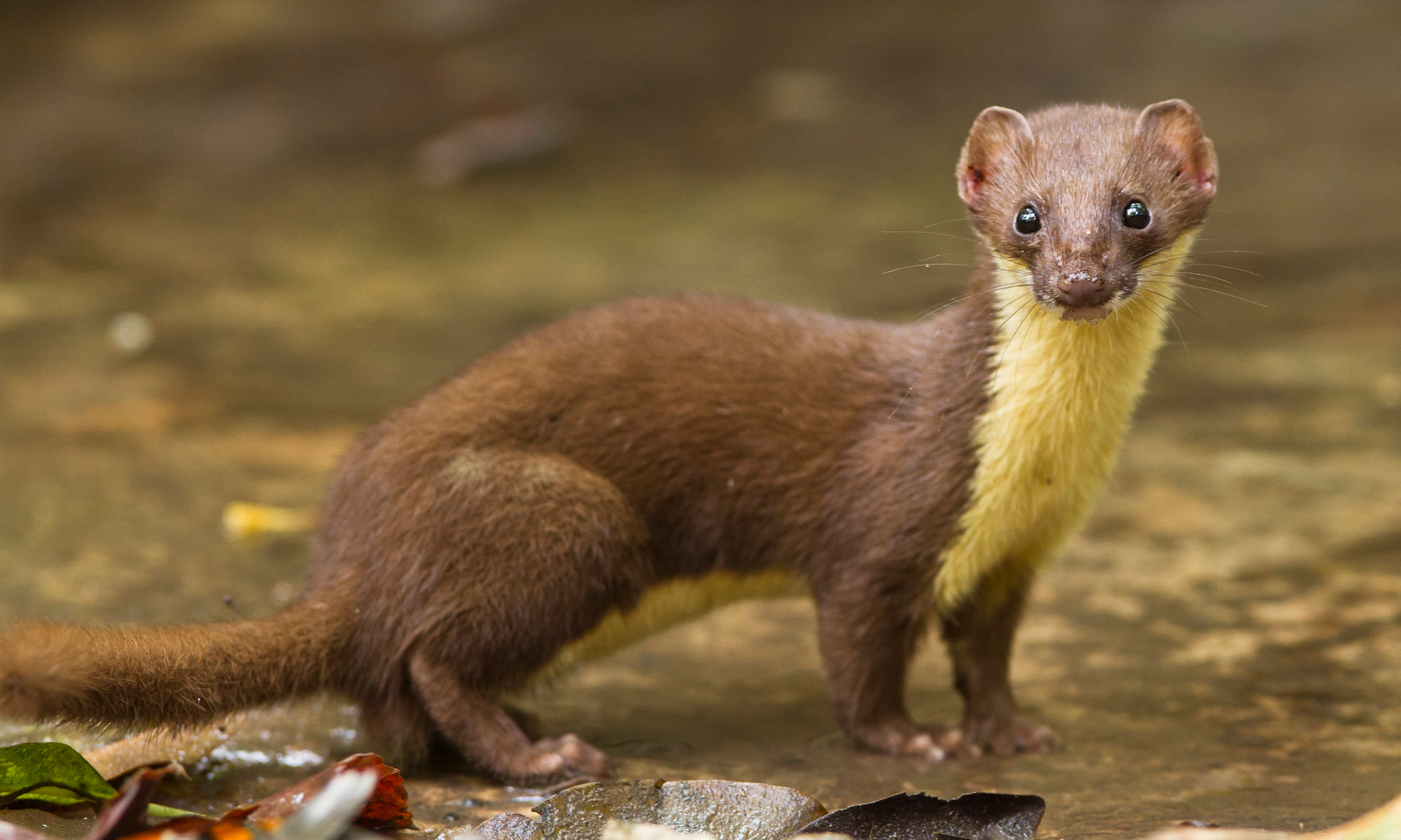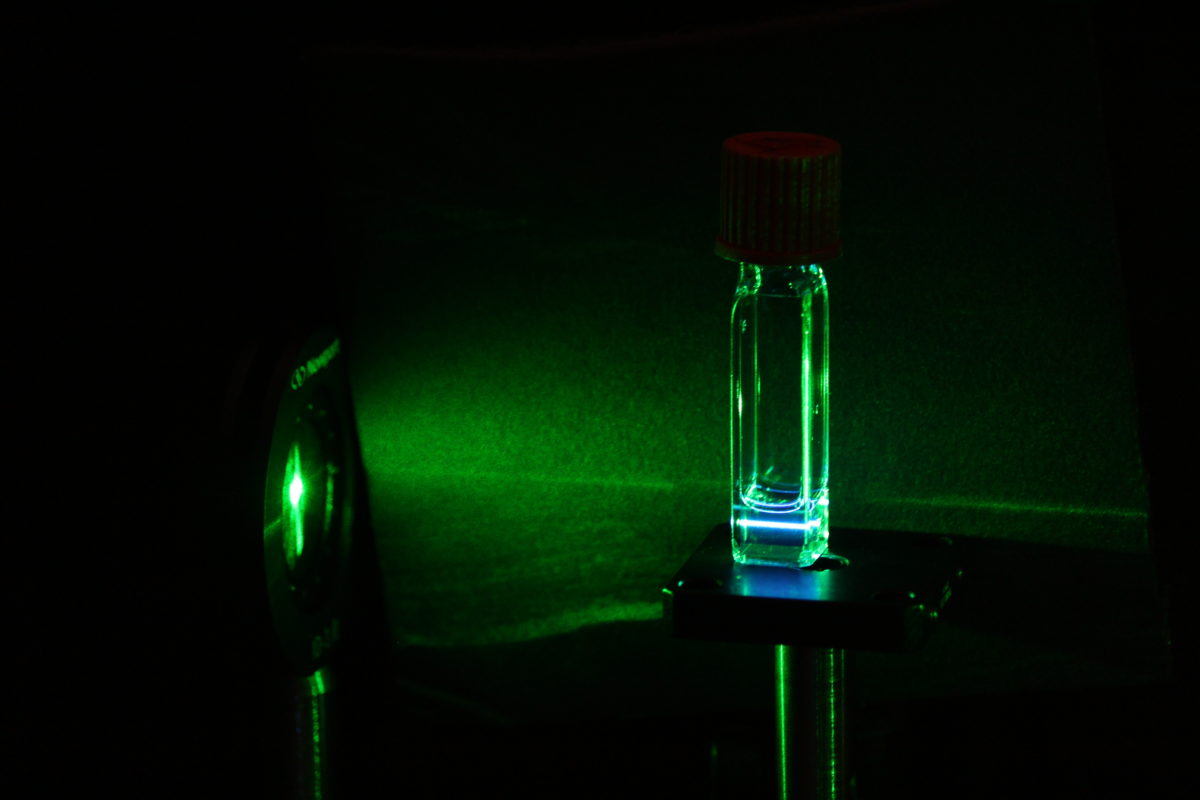News
Read the latest news from the College of Natural Sciences at The University of Texas at Austin
Melissa Kemp Combines Art and Science in Study of Lizards
Melissa Kemp, an assistant professor in the Department of Integrative Biology, studies how extinction, biological diversification and colonization are shaped by environmental upheavals.
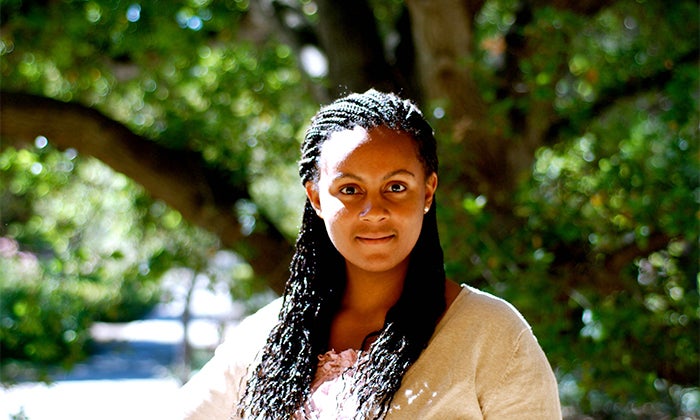
UT Austin Astronomer Spies Most Distant Dusty Galaxy Hidden in Plain Sight
Astronomer Caitlin Casey of The University of Texas at Austin has used the Atacama Large Millimeter/submillimeter Array (ALMA) to spot the light of a massive...
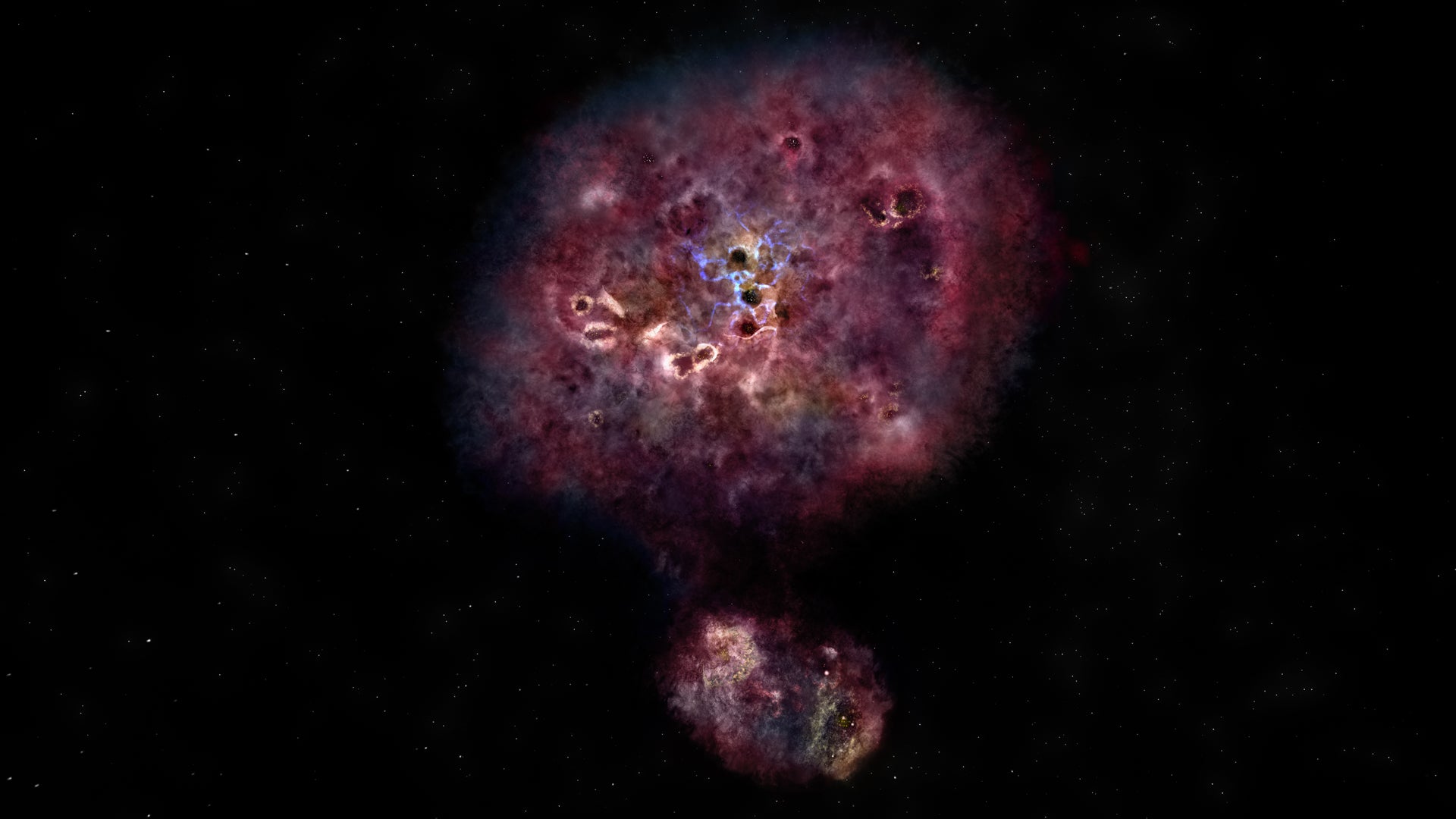
Faculty Empower Students in Curie Diaries Event
The Curie Diaries Event at UT Austin aims to create a space for female professors and students to discuss their experiences.
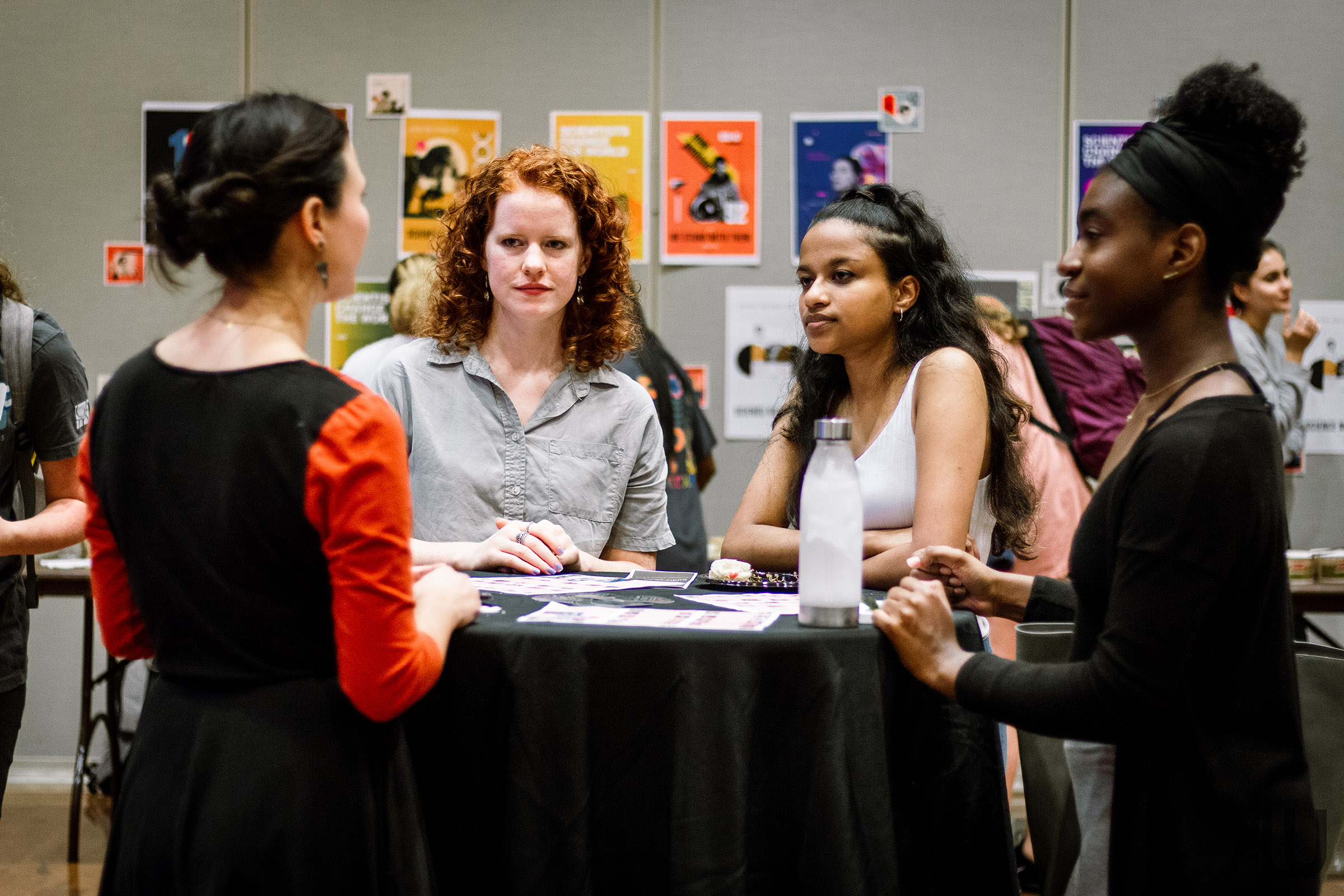
UT News
The Nurdle Patrol Wages War on Plastic Pellets, With Boost from Lawsuit Settlement
Plastic pollution has contaminated every continent on Earth, and some of the smallest plastic particles, called nurdles, are among the most insidious.
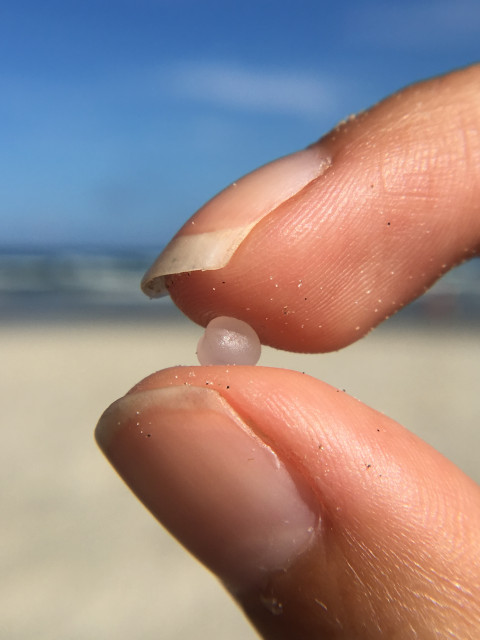
Physicist Mark Raizen Named Fellow of AAAS
Mark Raizen, a professor in the Department of Physics, has been named a 2019 AAAS Fellow for his pioneering research.

Department of Computer Science
Building Industry Bridges: Computer Scientist Tackles New Role for Sony, While Leading at UT
Peter Stone, professor and head of Texas Robotics, will lead the newly established Sony AI in the United States.



